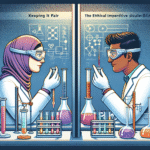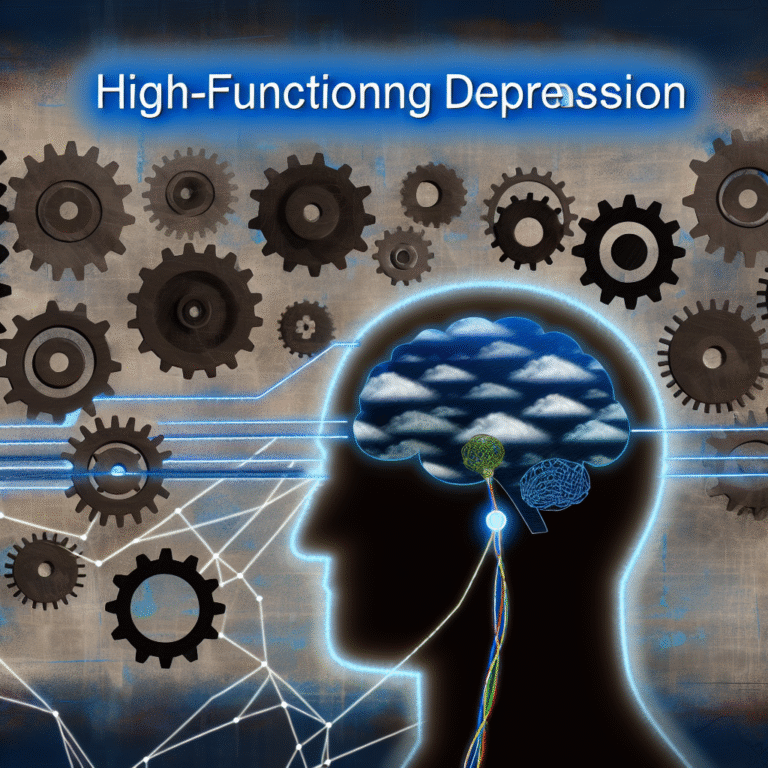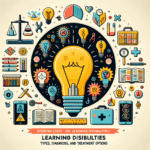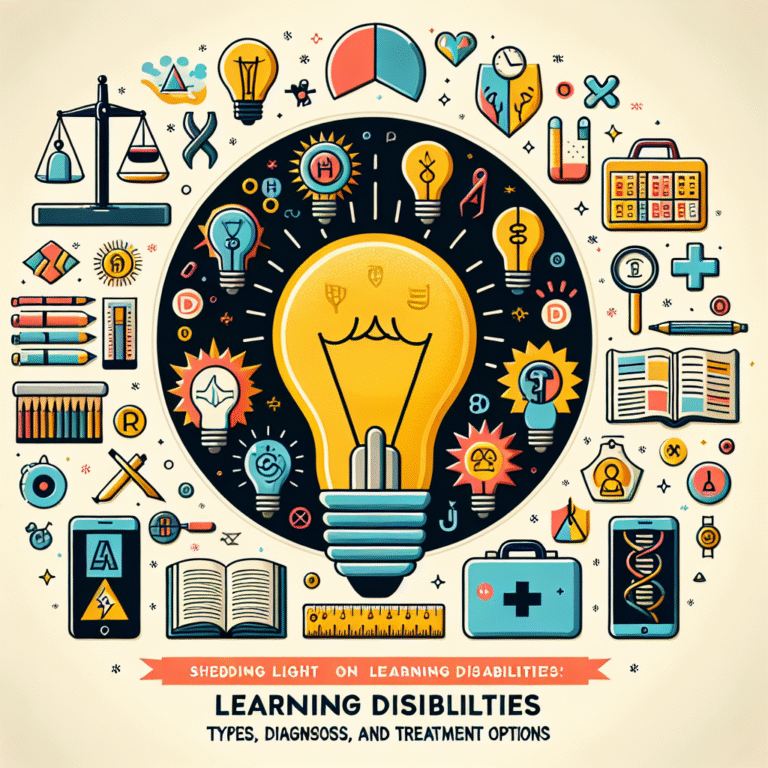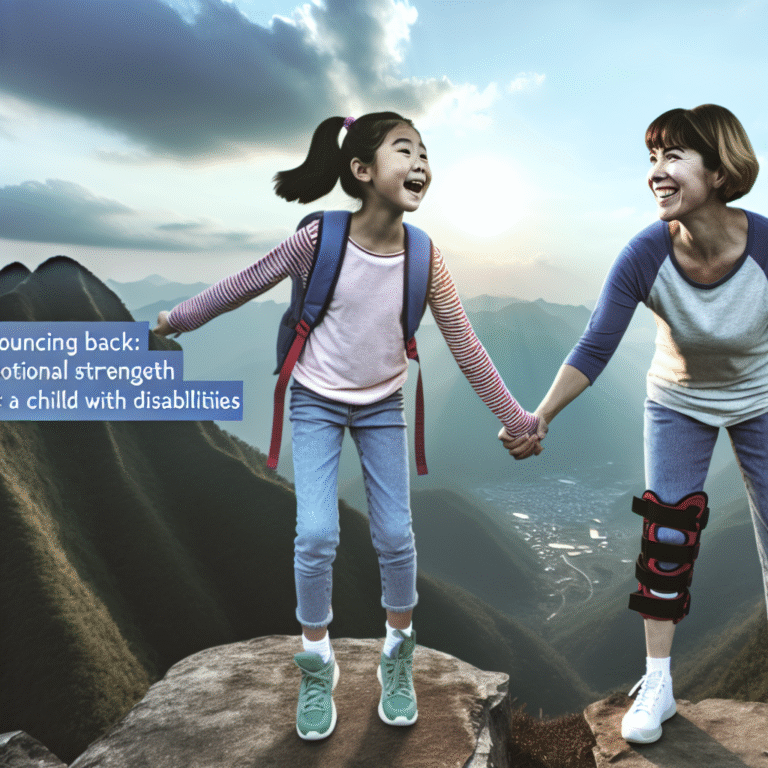
Identifying the Hidden Triggers: A Comprehensive Guide to PTSD
Introduction
Post-Traumatic Stress Disorder (PTSD) can feel like a shadow lurking just out of sight, ready to pounce at the most unexpected moments. With more individuals recognizing the profound impact trauma can have on mental health, understanding and identifying the hidden triggers associated with PTSD has never been more critical. This comprehensive guide aims to illuminate the often-misunderstood nuances of PTSD, offering readers actionable insights on recognizing and managing these triggers. As we delve into the depths of PTSD, you’ll discover not just the challenges, but also the steps you can take toward healing and recovery.
Understanding PTSD: What Lies Beneath
What is PTSD?
PTSD is a mental health condition that’s triggered by experiencing or witnessing traumatic events. Symptoms can include flashbacks, severe anxiety, nightmares, and uncontrollable thoughts about the event. While many are familiar with these symptoms, fewer grasp the subtler triggers that can provoke a PTSD episode.
The Hidden Triggers of PTSD
Hidden triggers are stimuli—sights, sounds, smells, or even certain places—that can evoke intense emotional reactions. Understanding these is vital for effective management of PTSD. Let’s explore these triggers in detail:
- Environmental Triggers: Certain locations or situations can bring back memories of trauma.
- Emotional Triggers: Feelings of anger, sadness, or fear can activate PTSD symptoms.
- Sensory Triggers: Specific sounds or scents can trigger flashbacks or panic attacks.
Case Study: Sarah’s Story
Sarah, a survivor of a car accident, often felt anxious whenever she drove through intersections or heard the sound of brakes squealing. Each experience stripped her of peace and sent her heart racing. Identifying these triggers enabled her to adopt coping strategies, like deep breathing and mindfulness, allowing her to reclaim her confidence behind the wheel.
Identifying the Hidden Triggers: A Step-by-Step Approach
Step 1: Self-Reflection
Self-reflection is essential in recognizing your hidden triggers. Keeping a journal can be an effective method. Document your thoughts, feelings, and any situations that evoke anxiety or distress. Over time, patterns may emerge, making it easier to identify specific triggers.
Example Journal Prompt: "What situations, sounds, or smells have made me feel uneasy or anxious recently?"
Step 2: Engage in Therapy
Cognitive Behavioral Therapy (CBT) is a valuable tool for identifying and managing PTSD triggers. A trained therapist can guide you through the process of confronting and understanding your trauma.
Step 3: Build a Support Network
Share your experiences and triggers with trusted friends or family. This support network can provide insights and help you recognize triggers that may be less apparent to you.
Step 4: Mindfulness and Grounding Techniques
Practicing mindfulness can help ground you in the present moment, mitigating the impact of triggers. Techniques such as deep breathing, visualization, or focusing on tangible objects can create a buffer against overwhelming emotions.
| Mindfulness Technique | Description |
|---|---|
| Deep Breathing | Focus on inhaling and exhaling slowly to relax. |
| Visualization | Picture a safe space in your mind to retreat to. |
| Grounding Techniques | Focus on the sensory details of your surroundings. |
Tools for Managing Triggers
Writing Prompts
Engaging in expressive writing can help process traumatic memories. Below are some prompts:
- "Describe the event that caused my PTSD. What emotions do I associate with it?"
- "How do my triggers affect my daily life, and what steps can I take to cope?"
Crafting a Personal Trigger Plan
Creating a trigger management plan can help you foresee and navigate challenges. Your plan might include:
- Recognized triggers
- Emergency coping strategies
- Contact information for support
Case Study: John’s Recovery
John, a military veteran, developed a trigger plan after experiencing anxiety in crowded places. His strategy included finding quiet areas and practicing grounding methods during outings. This proactive approach yielded significant improvements in his social interactions and quality of life.
Building Resilience Against Triggers
Educate Yourself
Understanding PTSD and its triggers is crucial. Resources like books, workshops, and support groups provide valuable information and community support.
| Resource | Description |
|---|---|
| PTSD Self-Help Books | Books that offer coping strategies and insights. |
| Support Groups | Groups where individuals share experiences and strategies. |
Lifestyle Changes
Incorporating healthy habits into your routine can bolster your resilience against triggers. Regular exercise, a balanced diet, and sufficient sleep work together to enhance overall mental health.
Conclusion
Identifying the hidden triggers of PTSD is a vital step toward reclaiming control over your life. By understanding your personal triggers, engaging in self-reflection, and embracing techniques to manage your responses, you can make meaningful strides in your healing journey. With dedication and support, recovery is not merely possible—it’s within reach.
FAQs
What are common triggers for PTSD?
- Common triggers can include loud noises, specific locations, or even emotional states that remind an individual of their trauma.
How can I identify my triggers?
- Keep a journal to track your feelings and reactions. Reflecting on these patterns can help reveal your unique triggers.
Is therapy necessary for managing PTSD?
- While not mandatory, therapy, particularly CBT, can provide structured support and effective coping techniques.
Can mindfulness help with PTSD?
- Yes! Mindfulness practices can significantly diminish the impact of triggers by keeping you grounded in the present.
- What if my triggers are overwhelming?
- Seeking assistance from mental health professionals and employing coping strategies can help manage overwhelming triggers.
By navigating the complexities of PTSD with understanding and proactive strategies, you take a pivotal step toward empowerment and recovery. Remember, the journey might be challenging, but healing is not just a possibility—it’s an achievable reality.



